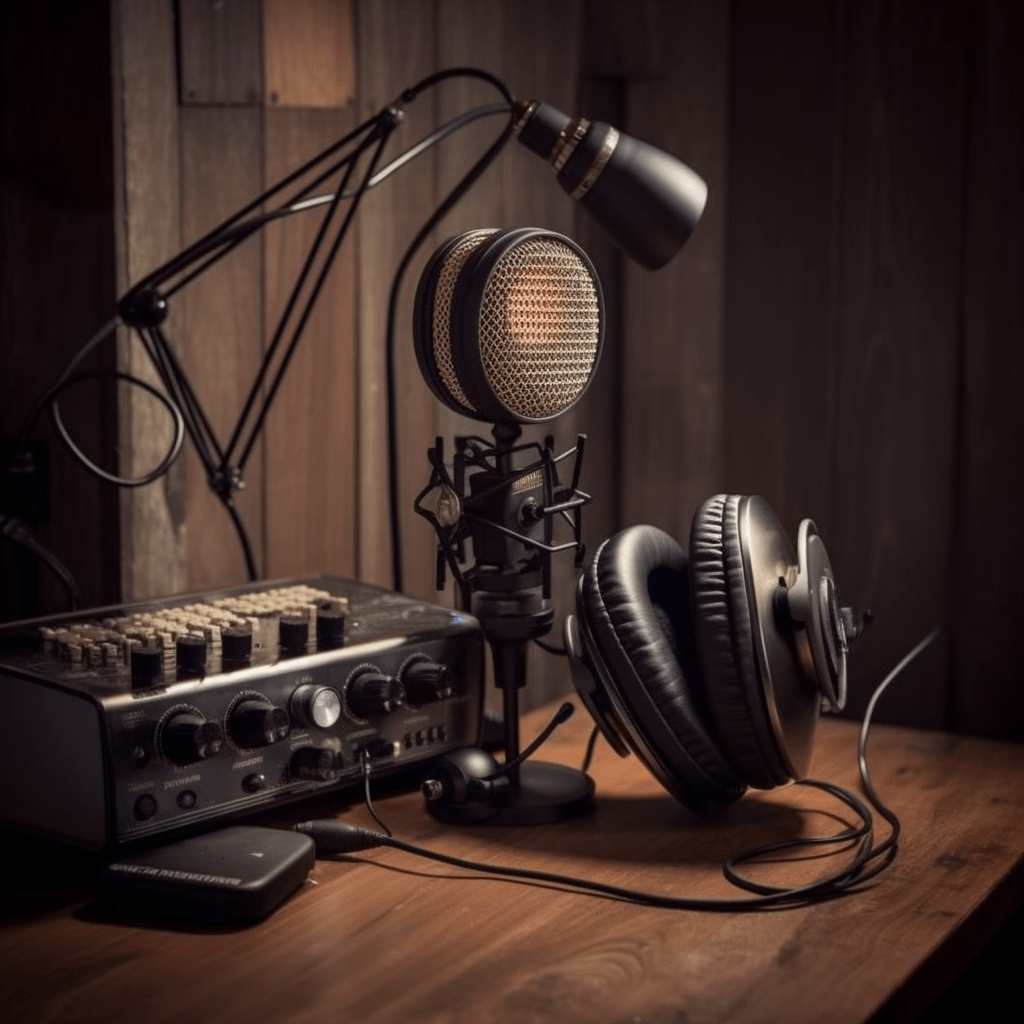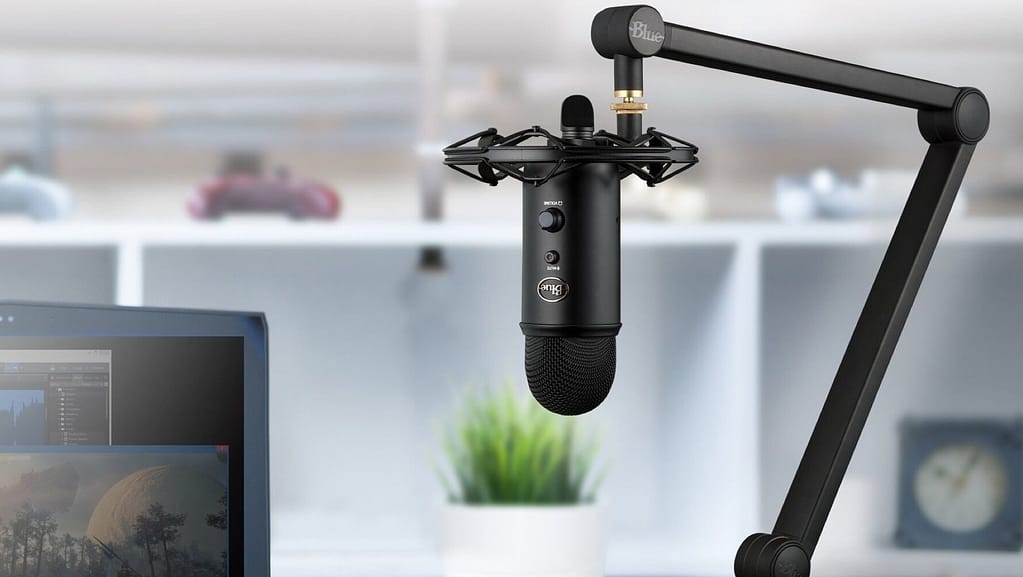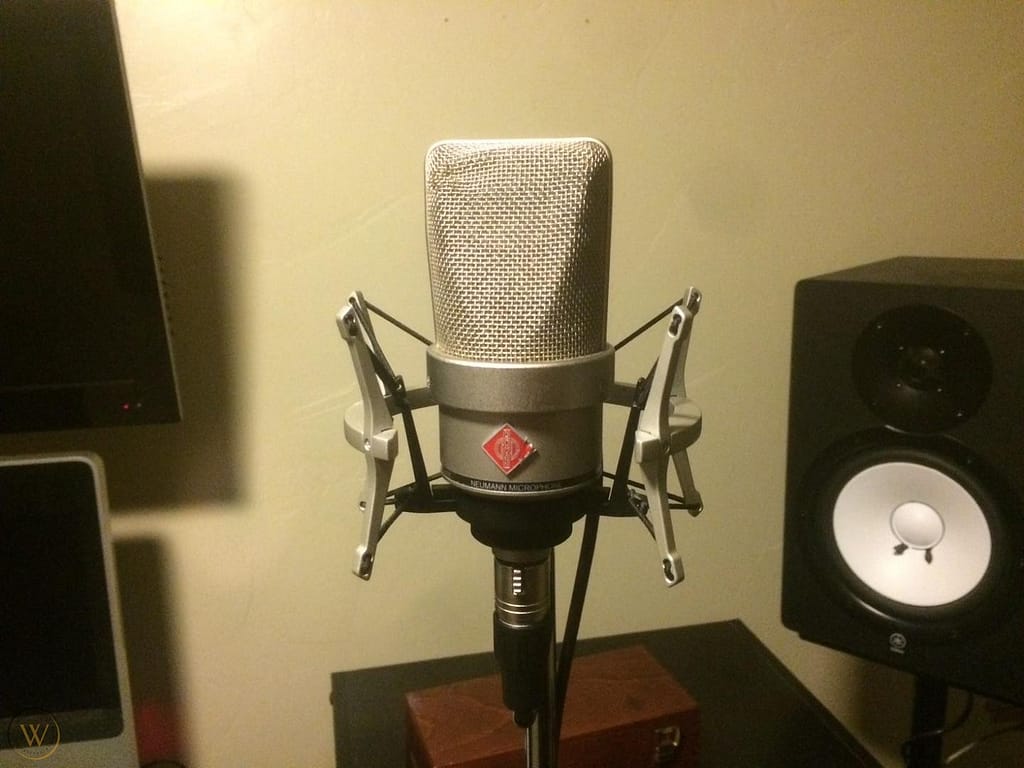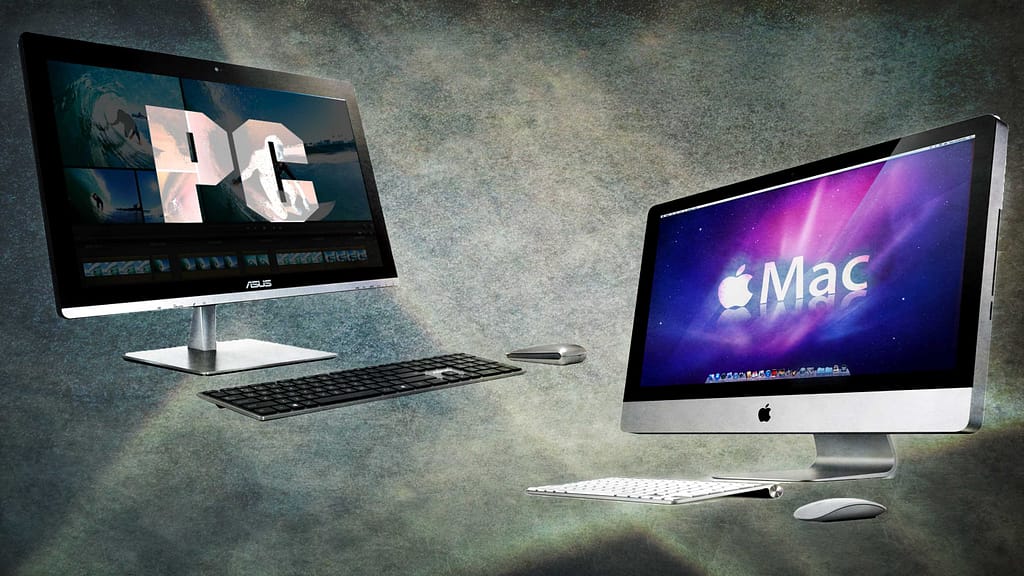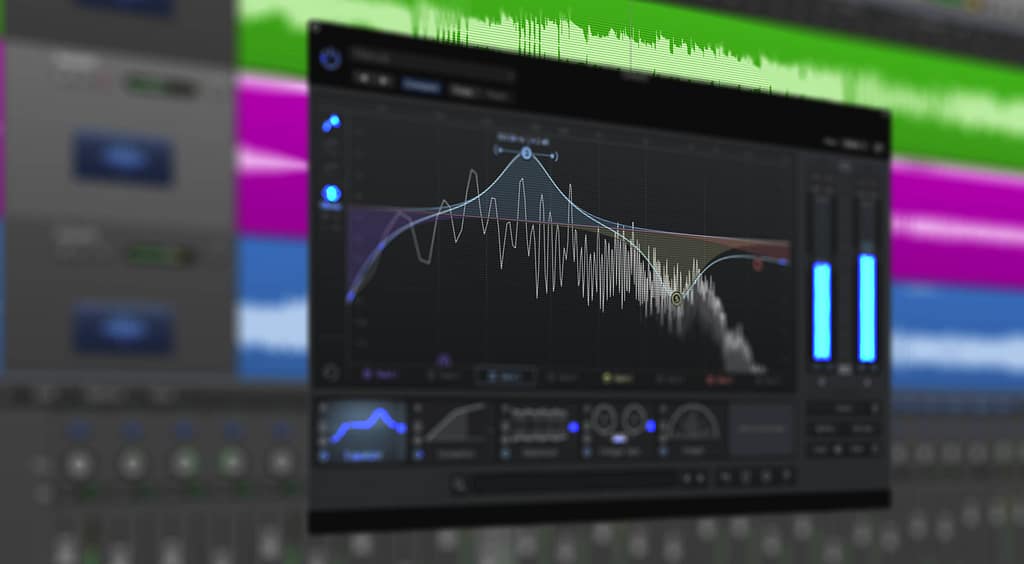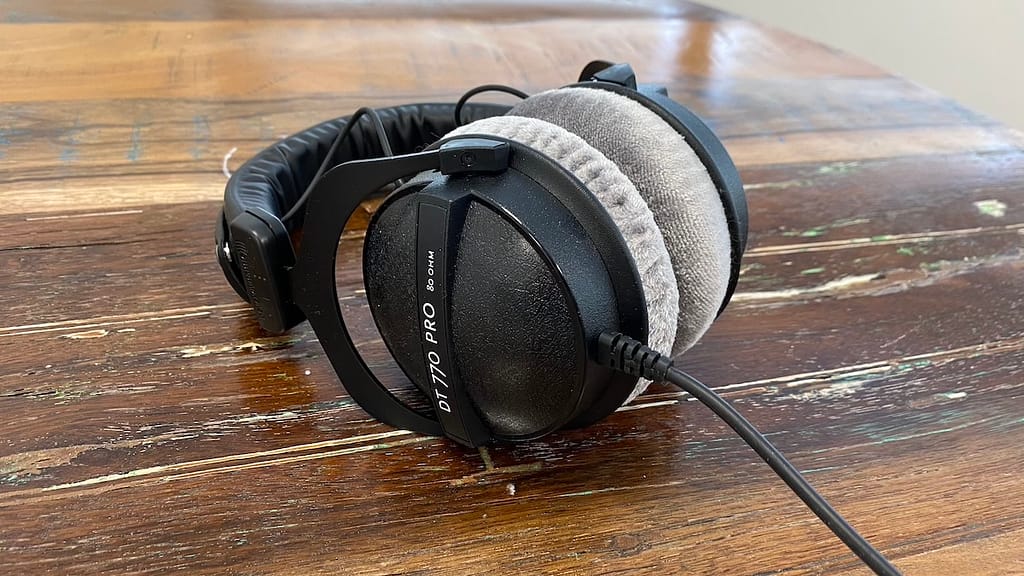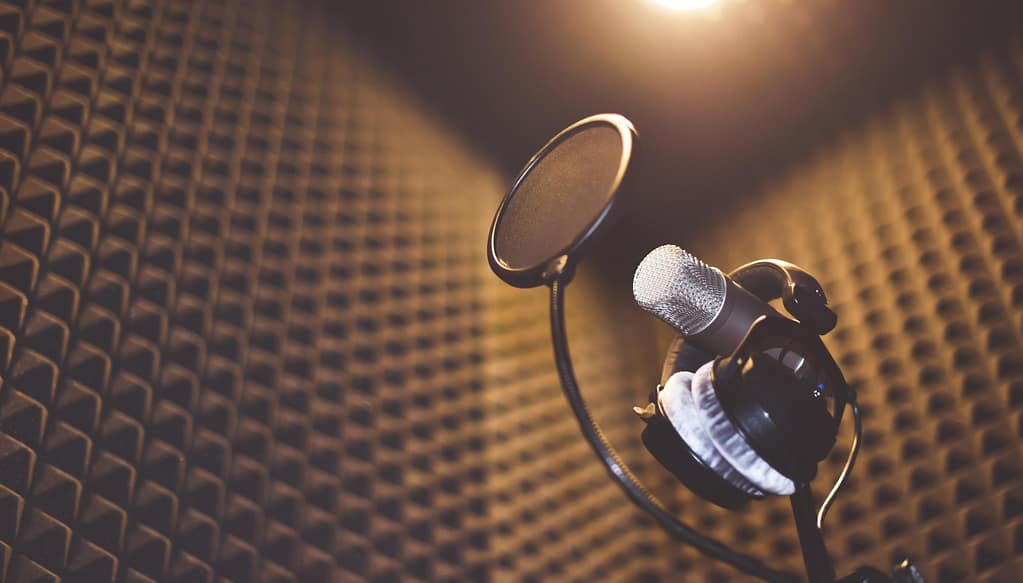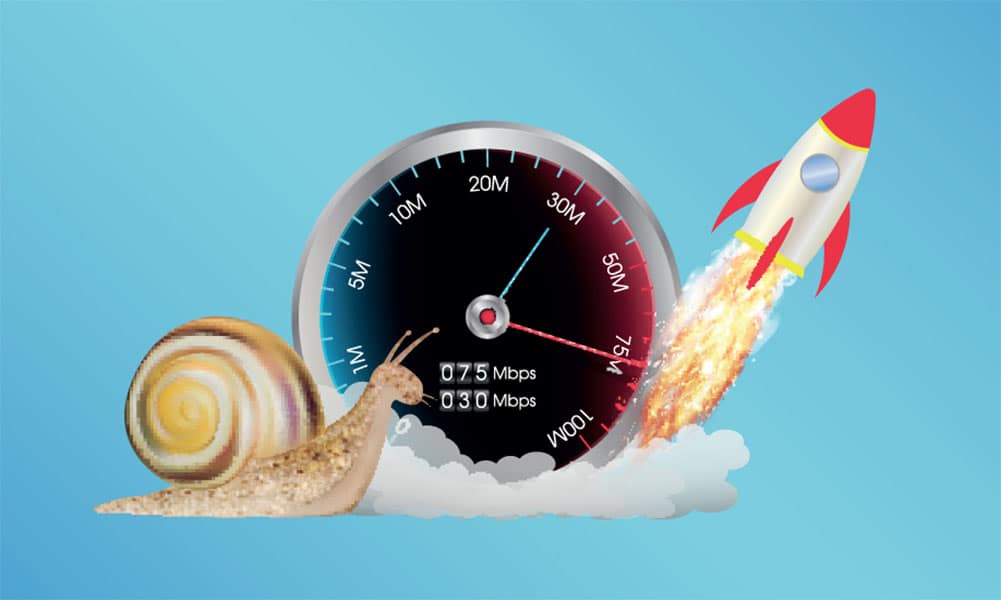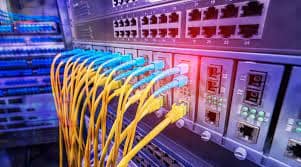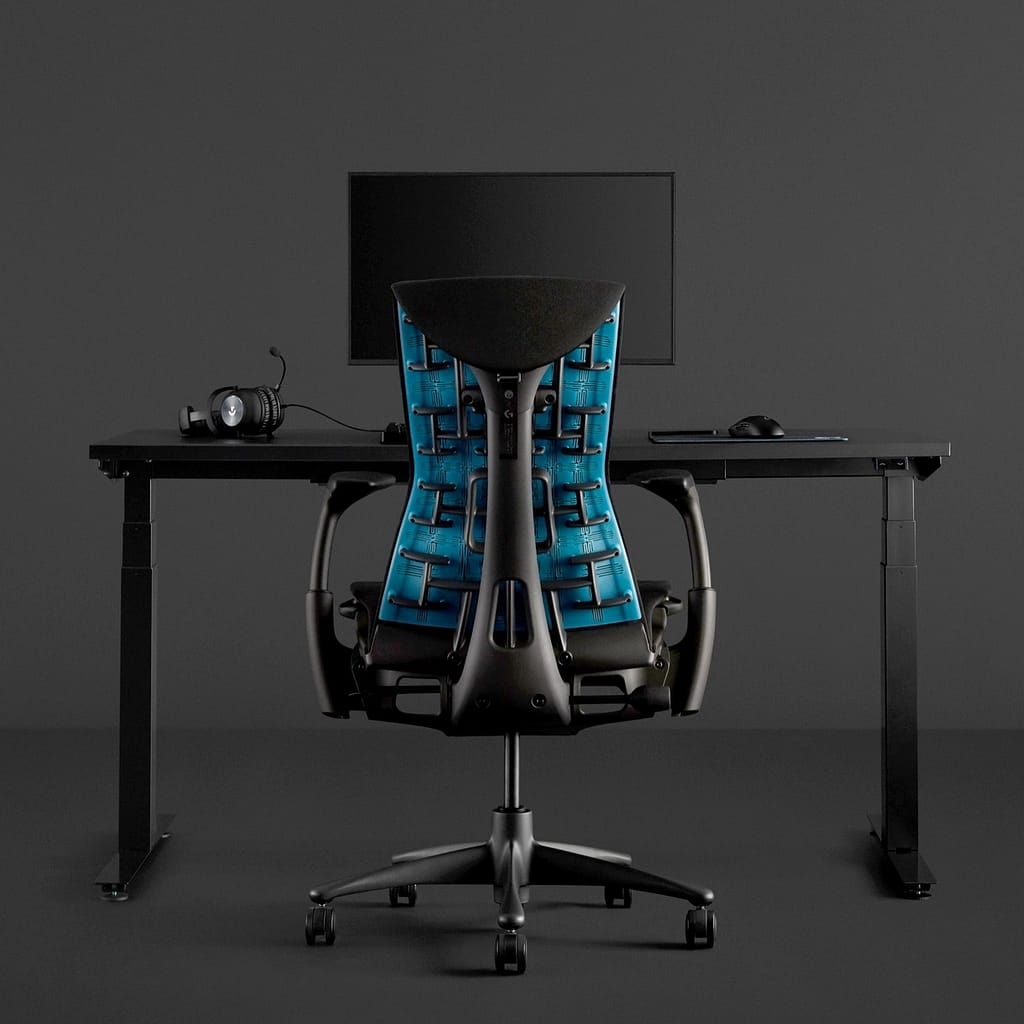How Do I Set Up A Voice Over Studio At Home?
Creating a Professional Home Studio

Setting up a voice-over studio at home can be a great way to jump start your voice-over career or improve the quality of your recordings. The first step is to find a suitable space with minimal noise and echoes. You can convert a spare room or even a large closet into a sound booth by installing acoustic panels or blankets on the walls, ceiling, and floor. Next, you’ll need to invest in good quality recording equipment, including a microphone, headphones, and a digital audio workstation (DAW) software. You can also consider purchasing a preamp, pop filter, and shock mount to enhance the quality of your recordings. Once your equipment is set up, test your sound and make any necessary adjustments to optimize the acoustics of your recording space. With a little effort and investment, you can create a professional-grade voice-over studio in the comfort of your own home.
Microphone
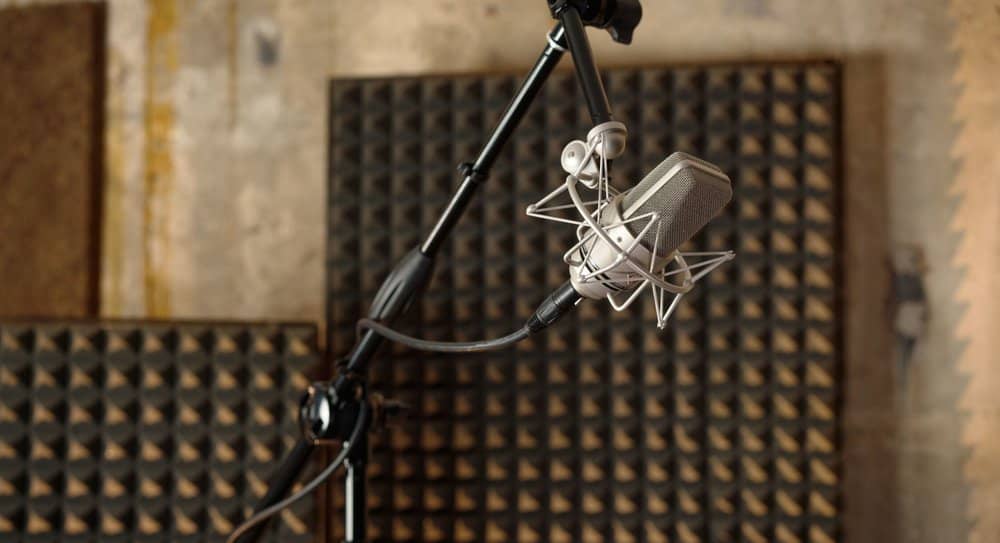
Voiceover studios typically use high-quality, condenser microphones for recording. These microphones are designed to capture the nuances and subtleties of a performer’s voice, producing a rich and detailed sound that is ideal for voiceover work. In particular, large diaphragm condenser microphones are commonly used for their ability to capture a wide frequency range and handle high sound pressure levels without distorting. Some popular models include the Neumann U87, the AKG C414, and the Shure KSM44. The microphones are often mounted on a shock mount to minimize any handling noise or vibrations, and are positioned at a distance of around 6-8 inches from the performer’s mouth to capture a natural and balanced sound.
Pop-Filter

Pop filters are essentially a piece of equipment that is placed between the speaker’s mouth and the microphone, designed to reduce the impact of plosive sounds (such as “p” and “b” sounds) and other unwanted noises that can cause distortion or muffling in the recording. They work by diffusing the airflow from the speaker’s breath, preventing it from hitting the microphone diaphragm directly. This helps to capture the natural tone and clarity of the speaker’s voice while avoiding any unpleasant pops or hisses that can detract from the overall quality of the recording. Professional voiceover studios often invest in high-quality pop filters to ensure the best possible sound for their clients’ projects.
Microphone Stand
Microphone stands are used to securely hold the microphone in place while recording. There are different types of microphone stands available, including floor stands, boom stands, and desk stands, each with their own advantages and limitations. Floor stands are ideal for a stationary setup, while boom stands can be adjusted to various angles and positions. Desk stands are suitable for smaller microphones and provide a convenient solution for limited space. Additionally, some microphone stands are designed with shock mounts or suspension systems to reduce vibrations and noise, ensuring the best possible recording quality. Overall, choosing the right microphone stand is crucial for any voiceover artist to achieve optimal sound quality and performance.
Shock-Mount
Shock mounts are designed to isolate the microphone from external vibrations, such as footfalls, chair movements, or even the rumble of passing traffic. By doing so, shock mounts prevent unwanted noise and interference from being captured by the microphone, which could otherwise compromise the quality of the recorded audio. Typically made of materials like rubber or silicone, shock mounts also help to protect delicate microphones from damage due to physical shocks or impacts. Overall, the use of a shock mount can significantly improve the clarity and quality of voice recordings in a studio setting. Some shock-mounts are specific to particular microphones, so check for compatibility.
Digital Audio Interface
A digital audio interface is used to convert the analog signal from your microphone into a digital format that can be recorded on your computer. It acts as a bridge between the computer and the microphone, converting analog signals to digital ones that can be processed by recording software. Examples of popular digital audio interfaces used in voiceover studios include the Focusrite Scarlett 2i2, PreSonus Studio 24c, and Audient EVO 4. These interfaces offer features such as multiple inputs for microphones, headphone outputs, and software control for adjusting levels and settings. DAIs also often include high-quality preamps, which are crucial for capturing the nuances of the human voice. With digital audio interfaces, voiceover artists can achieve professional-level recordings that can be used for a wide range of projects, including commercials, audiobooks, and animated films.
Computer
A computer is required to store and edit your voiceover recordings. It should have a high-performance processor, enough memory, and storage space to handle large audio files. It’s entirely up to you and your preference as to whether you get a PC or Mac, but thought needs to be given as to the noise of the fan, SSD and where your computer may sit.
Digital Audio Workstation (DAW)
A digital audio workstation (DAW) is a software application used to record, edit, and mix audio files. They provide a digital environment for capturing and manipulating audio with a wide range of editing tools and effects. Some popular DAWs used in voiceover studios include Adobe Audition, Pro Tools, and Logic Pro X. Adobe Audition is a widely-used DAW in the voiceover industry, offering advanced features such as noise reduction, compression, and equalization. Pro Tools is another popular choice among professionals, providing high-quality audio recording, editing, and mixing capabilities. Logic Pro X is a DAW that is highly regarded for its intuitive interface and ease of use, making it a great choice for beginners and experienced users alike. Overall, the use of DAWs has become an essential component of voiceover production, providing a powerful toolset for creating high-quality audio content.
Headphones
Headphones are a crucial component of any voiceover studio setup. They allow the talent to hear their own voice, as well as any direction from the director or engineer, without any external noise or interference. A good pair of over-ear, closed studio headphones should provide clear, accurate sound reproduction with minimal distortion. Some popular options for voiceover studios include the Sennheiser HD 280 Pro, the Sony MDR-7506, and the Audio-Technica ATH-M50x. These headphones are known for their reliability, durability, and exceptional sound quality, making them the go-to choice for professional voiceover artists and studios alike.
Sound-Proofed and Sound-Treated Work Space
Setting up a sound-proofed and sound-treated recording space in a voiceover studio is essential for creating high-quality audio recordings. To achieve this, first, a sound-proofing material such as acoustic foam or fiberglass panels needs to be installed on the walls, ceiling, and floor to prevent external sounds from entering the recording space. Next, a sound treatment material such as diffusers and bass traps can be placed strategically to enhance the acoustic qualities of the room, improving the clarity and quality of the recording. Examples of effective sound-proofing and sound treatment materials include brands like Auralex, Primacoustic, and GIK Acoustics. Additionally, proper microphone placement, use of pop filters, and good vocal technique can also contribute to creating a clean and clear audio recording.
Internet Connection
A reliable internet connection for a voiceover studio is crucial in ensuring smooth and uninterrupted communication with clients and collaborators. In the UK, there are several providers that offer reliable internet connections suitable for voiceover studios, including BT, Virgin Media, and Sky. When choosing a provider, it’s important to consider the upload and download speeds required for the studio’s needs. For example, a studio that frequently sends and receives large audio files may require a higher upload speed, while a studio that primarily conducts live remote sessions may require a higher download speed. A good benchmark for reliable internet speeds for a voiceover studio is a minimum of 20 Mbps download speed and 10Mbps upload speed (the higher the better if recording studio-to-studio with Source Connect for instance). With a reliable internet connection in place, a voiceover studio can confidently conduct remote sessions, collaborate with clients, and deliver high-quality work.
Back-Ups
A backup system for a voiceover studio is required to ensure that recordings are not lost in the event of equipment failure or data corruption. One effective way to do this is to implement a multi-layered backup system that includes both physical and cloud-based solutions. For example, the studio could use an external hard drive to make regular backups of their recordings, which can be easily stored and transported if necessary. Additionally, they could also use cloud-based storage solutions such as Google Drive or Dropbox to ensure that their recordings are backed up remotely and accessible from anywhere. Another option could be to invest in a RAID storage system, which duplicates data across multiple hard drives to provide an extra layer of redundancy. Overall, having a backup system in place is crucial for any voiceover studio to ensure that they can continue to operate smoothly even in the event of equipment failure or unforeseen circumstances.
Uninterrupted Power Supply
Uninterrupted power supply (UPS) refers to a device that provides power backup to electronic devices in case of power outages or fluctuations. This device acts as a temporary power source to keep the devices running until power is restored or a backup generator kicks in. An uninterrupted power supply is crucial if your studio relies on continuous power supply to function. With a UPS, you can prevent data loss, damage to equipment, and downtime that can lead to lost revenue, as it will protect you from sudden power failures or surges.
Chair
A comfortable chair is an essential component of a voiceover studio because it provides a stable and supportive seat for the voice actor to perform in. Voice actors often spend long hours in the studio, sometimes in a stationary position, which can lead to back and neck pain, discomfort, and even injury. A comfortable chair can help prevent these issues by providing proper lumbar support, allowing for proper posture, and reducing the risk of strain. Examples of comfortable chairs for voiceover studios include ergonomic chairs with adjustable height and lumbar support, such as the Herman Miller Aeron Chair, or studio-specific chairs designed for long hours of sitting, such as the Sound Anchor Posture Chair. Overall, investing in a comfortable chair for a voiceover studio is crucial for the health and well-being of the voice actor and can help enhance their performance by enabling them to focus on their craft without being distracted by discomfort.
A Positive Attitude
Finally, a positive attitude and good work ethic are essential for success in the voiceover industry for several reasons. Firstly, a positive attitude can help voice actors to remain resilient and persistent in the face of challenges and rejection. This is important because the industry can be competitive and require a lot of hard work and dedication to succeed. Secondly, a good work ethic ensures that voice actors consistently produce high-quality work and meet deadlines. This is crucial because clients in the industry expect reliable and professional service. Finally, a positive attitude and good work ethic can help voice actors build positive relationships with clients and industry professionals, which can lead to future opportunities and success. Having a positive attitude and strong work ethic are critical components of achieving success in the voiceover industry.
Don’t forget to ask yourself do I need a mixer for voiceover work, and how can I connect to another studio, so as to make sure all your bases as a professional voice talent are vovered,
As a one of the UK’s leading female voice overs, I offer my voiceover services around the world from my own professional broad-cast quality studio based here in York. I often record for companies both here in the UK and in other countries, connecting to other studios seamlessly for director-led sessions as required.
Call me today, and together let’s bring your project to life.
